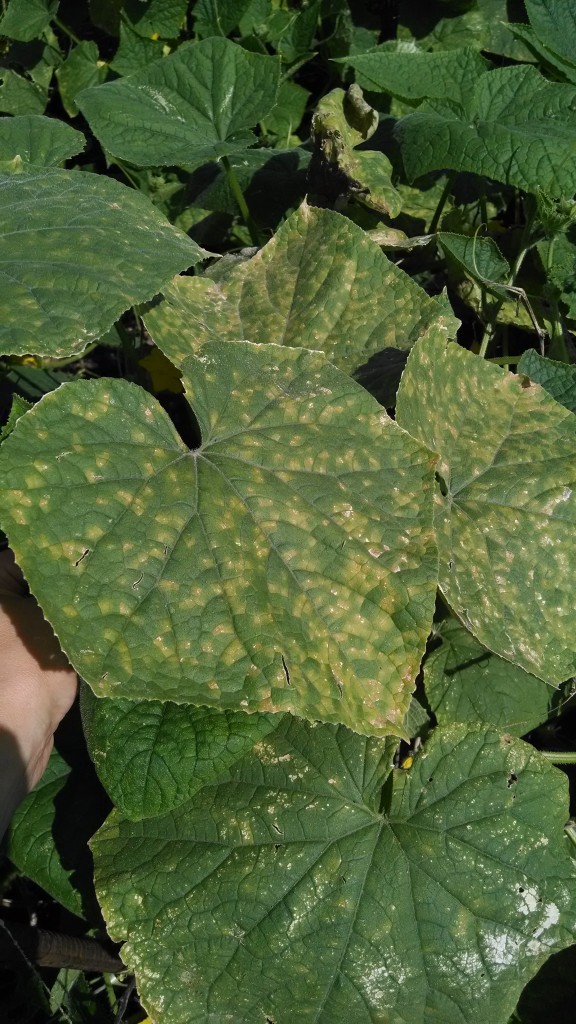Downy mildew disease of cucurbits has been observed in Georgia, according to the University of Georgia (UGA) Extension Vegetable Blog.

The detection was made in a cucumber field in Brooks County last week. These observations indicate that the inoculum of downy mildew is currently in southern Georgia counties and are under favorable conditions for a potential outbreak.
“I would suggest our cucurbit growers to look for the downy mildew symptoms in their fields and start applying protective spray of fungicides,” said Bhabesh Dutta, UGA Extension vegetable pathologist.
The discovery in Georgia comes on the heels of its detection in North Florida watermelons. Downy mildew is traditionally known as “wildfire.” Because of its high risk of damage and movement, farmers should consider a spray program that targets downy mildew. The disease usually moves from south to north. Producers should intensify their scouting look for symptoms that resemble downy mildew. They should send to their diagnostic laboratory to get it confirmed.
Downy mildew can degrade or destroy the plant’s foliage very quickly. It thrives in a wet, humid environment, and the fungi need the water on plant tissue to germinate and infect the plant. Severe foliar infection can occur under favorable conditions and cause the leaves to curl and eventually die.
If the leaves are damaged, they cannot protect and shade the fruit. As a result, the watermelons can develop sunscald. This is especially concerning during hot summer days in south Georgia, where the bulk of the state’s watermelons are produced.









